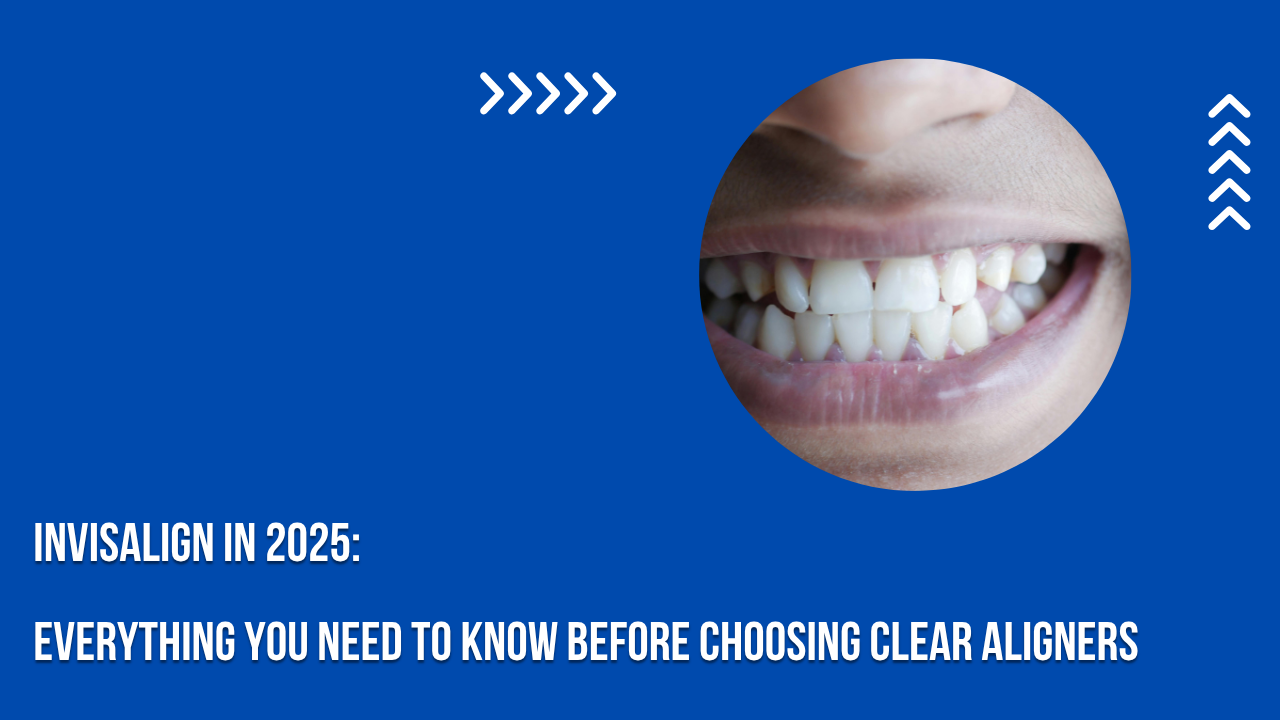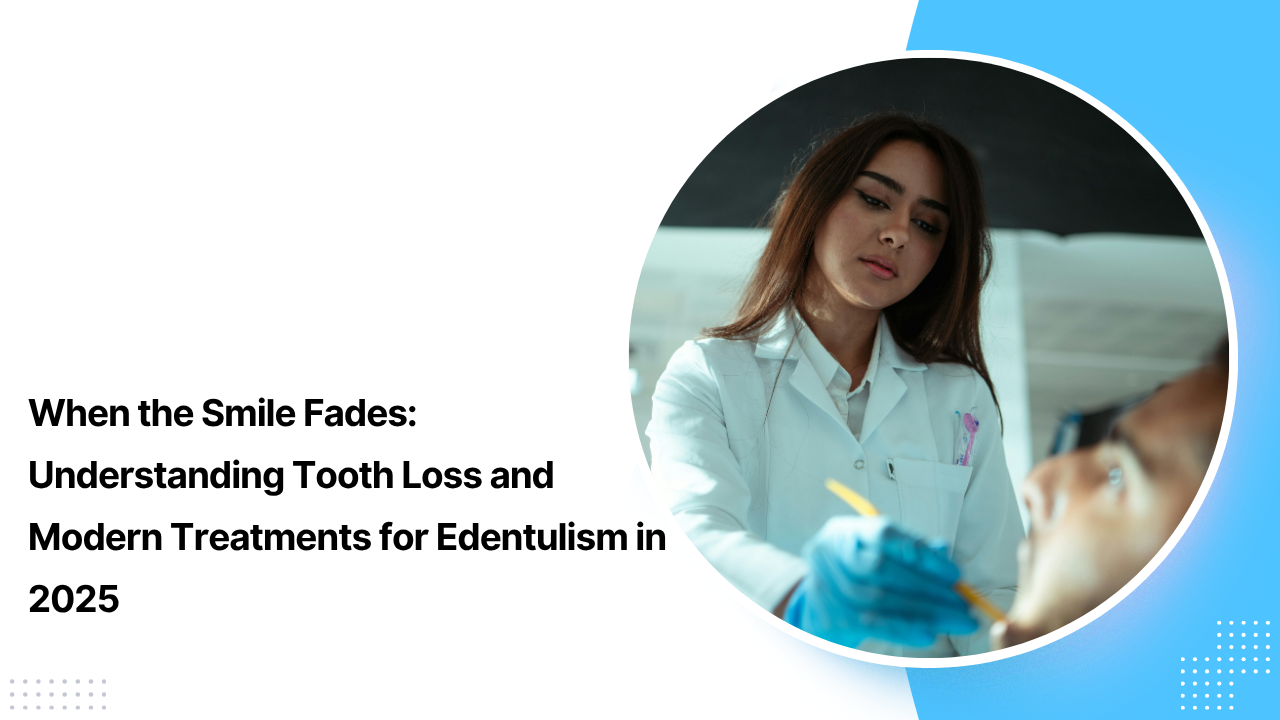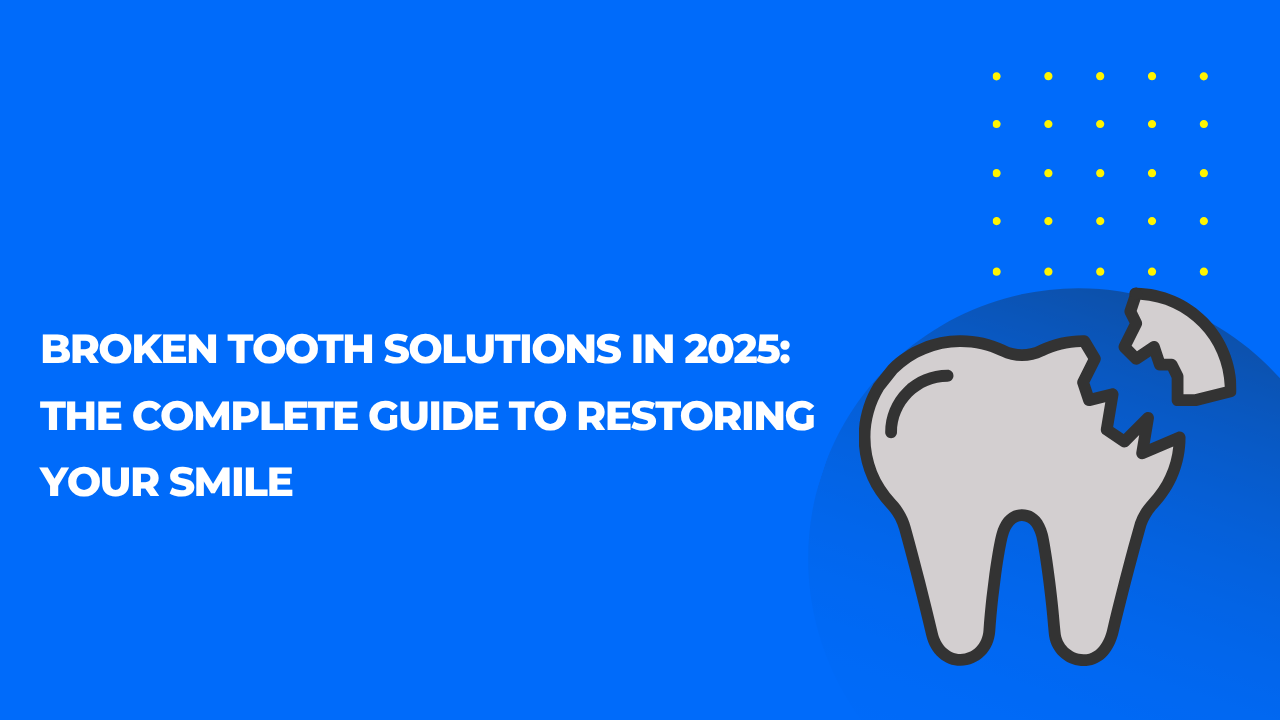If you’re considering straightening your teeth, you’ve likely heard of Invisalign. Over the past 20 years, clear aligners have evolved from a niche option to one of the most popular methods for achieving a straighter smile without the traditional braces’ brackets and wires.
However, in 2025, Invisalign is no longer just about convenience or appearance. The technology has progressed, patient expectations have shifted, and there are now many aligner brands to choose from. So, the question remains: is Invisalign still a worthwhile choice today?
Let’s explore the key facts about Invisalign that are relevant now. By the end of this guide, you’ll have a clear and honest understanding of what Invisalign can—and cannot—do for you.
The Development of Invisalign: From Simple Solutions to Advanced Orthodontics
When Invisalign was introduced in the late 1990s, it was promoted as a discreet fix for minor crowding and spacing problems. At that time, traditional braces were the primary option for more complex orthodontic issues. Fast forward to 2025, and Invisalign has evolved into a system capable of addressing much more than just cosmetic concerns.
Currently, Invisalign can treat:
- Overbites and underbites
- Crossbites
- Crowding
- Spacing
- Relapse after braces
Of course, there are limitations. Severe skeletal problems or very complex tooth movements may still require braces or surgical orthodontics. But for many patients, Invisalign delivers results comparable to traditional orthodontics—without the metal hardware.
Why Invisalign Remains Popular
Invisalign’s appeal extends beyond just straightening teeth. For many adults and teenagers, the main attraction is its discreetness. The clear trays are almost invisible in daily life, making them a favorite among professionals, students, and anyone who feels self-conscious about wearing braces.
Comfort is another important factor. Without sharp brackets or wires, there’s less chance of irritation. Patients also appreciate the flexibility: the trays can be removed for eating or brushing, so there’s no need to avoid certain foods.
Moreover, in 2025, advances in digital scanning and AI-driven treatment planning have made Invisalign more precise than ever. Dentists can now provide detailed simulations of your expected smile before treatment even begins.
What You Need to Know About the Invisalign Process
Starting Invisalign involves more than just inserting trays and waiting for results. It’s a carefully designed procedure that relies on a combination of advanced technology, your dentist’s expertise, and your dedication.
Here’s an overview of the typical steps involved:
Initial Consultation: Your dentist evaluates your teeth, bite, and overall oral health to decide if Invisalign is the right option for you.
Digital Scanning and Treatment Planning: Instead of traditional molds, high-tech 3D scanners capture detailed images of your teeth. Using specialized software, your dentist plans the precise movements of your teeth throughout the treatment.
Custom Aligners Creation: Your aligners are made from SmartTrack material, a flexible yet durable thermoplastic that gently guides your teeth into their new positions.
Wearing the Aligners: Most patients wear each set of trays for one to two weeks, then switch to the next set as directed. To be effective, aligners should be worn 20 to 22 hours per day.
Progress Monitoring: Unlike braces, which require frequent adjustments, Invisalign usually involves fewer in-office visits. Some dental offices offer remote monitoring through apps where you can send photos for virtual checkups.
Retention Phase: After treatment ends, wearing retainers is crucial to prevent your teeth from shifting back and undoing your progress.
Important Realities About Invisalign
While Invisalign offers many benefits, it’s important to have realistic expectations:
1. Invisalign Demands Discipline: Since the aligners are removable, your commitment to wearing them consistently is essential. Missing hours or days can slow or reverse progress.
2. Treatment Duration Varies: The length of treatment depends on the complexity of your case. Simple issues may take 6 to 9 months, moderate cases around 12 to 18 months, and more complex corrections can take longer.
3. Some Discomfort Is Normal: Switching to a new set of aligners causes pressure as your teeth shift. Although usually less painful than braces, some discomfort is expected.
4. Cost Is Generally Higher Than Braces: Invisalign often costs more than traditional braces, but many patients consider the added expense worthwhile for the comfort, convenience, and confidence it provides.
5. Your Dentist’s Expertise Is Crucial: While Invisalign technology is advanced, its success largely depends on the skill and experience of your dental provider.
Invisalign in the Digital Era: What’s New for 2025
A major recent development is the incorporation of AI and remote technology into orthodontic care. Numerous clinics now utilize apps that enable patients to monitor their progress, upload photos, and get feedback without needing as many in-person visits.
Materials have also advanced. The newest SmartTrack aligners are slimmer, more comfortable, and better at making precise adjustments. This results in fewer refinements and shorter treatment durations for some individuals.
Another trend is the emergence of competitors. Although Invisalign continues to lead the market, other brands have entered the clear aligner field, often offering lower prices. However, many patients still prefer Invisalign due to its proven success, sophisticated planning software, and robust support system.
Invisalign vs. Braces: A Quick Comparison
To put things into perspective, here’s how Invisalign stacks up against traditional braces:
| Factor | Invisalign | Braces |
| Appearance | Clear, almost invisible | Metal or ceramic, more noticeable |
| Comfort | Smooth plastic, less irritation | Can cause sores from brackets/wires |
| Diet Restrictions | None (remove trays to eat) | Many (avoid hard, sticky foods) |
| Maintenance | Easy to clean, remove for brushing | Requires careful cleaning around brackets |
| Treatment Duration | 6–18 months (varies by case) | 12–24 months (varies by case) |
| Cost | Generally higher | Typically lower |
| Responsibility | High (must wear 20–22 hrs/day) | Low (fixed to teeth) |
The Long-Term Commitment: Life After Invisalign
Finishing Invisalign treatment doesn’t mean the journey is over. Teeth naturally tend to move back toward their original positions, a process called relapse. That’s why wearing retainers is essential.
Dentists typically advise wearing retainers full-time for the initial few months, then switching to nightly use for ongoing maintenance. Neglecting this step can jeopardize all the progress you’ve made.
Why 2025 Is an Ideal Time to Start Invisalign
If you’ve been considering Invisalign, this year might be the perfect moment to begin. The technology has advanced, the treatment is more comfortable, and providers are better prepared than ever to ensure consistent results.
Whether you’re a teenager seeking a subtle option, a professional aiming to boost confidence during meetings, or someone wanting to fix long-standing dental concerns, Invisalign remains a dependable and trusted solution.
Final Thoughts: Is Invisalign the Right Choice for You?
Invisalign is about more than just straightening teeth—it’s about gaining confidence, enjoying comfort, and benefiting from modern dental convenience. However, it’s not a quick fix or magic solution. Success relies on your commitment, your provider’s expertise, and your dedication to wearing retainers afterward.
So, is Invisalign worth it in 2025? For many, the answer is yes. With state-of-the-art technology, discreet design, and proven effectiveness, it continues to be one of the best ways to enhance your smile.
If you’re interested in Invisalign, start by scheduling a consultation with a reputable provider. The earlier you begin, the sooner you’ll be on the path to a healthier, straighter, and more confident smile.




